Best Time To Use Kojic Acid Serum
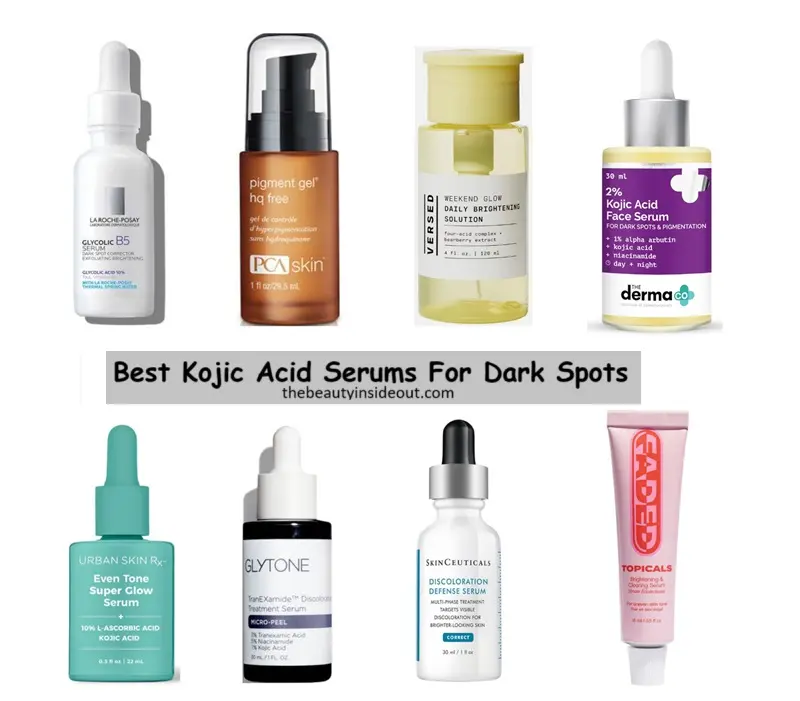
Kojic acid, a naturally derived skin-lightening agent, has gained considerable popularity in recent years. Consumers are eager to understand the optimal timing for incorporating kojic acid serum into their skincare routines.
The timing of kojic acid serum application is crucial for maximizing its effectiveness and minimizing potential side effects. This article examines expert recommendations and scientific findings to determine the best time to use kojic acid serum.
Understanding Kojic Acid and Its Effects
Kojic acid is a byproduct of fermenting rice and is commonly used to lighten visible sun damage, age spots, and scars. It works by inhibiting tyrosinase, an enzyme that plays a critical role in melanin production. Melanin is responsible for skin pigmentation.
The Food and Drug Administration (FDA) recognizes kojic acid as a cosmetic ingredient. However, the concentration is typically capped at 1% in over-the-counter products to mitigate potential skin irritation.
The Optimal Time: Evening Application
Experts generally recommend applying kojic acid serum as part of the evening skincare routine. There are several reasons for this recommendation. The first reason is that skin is more receptive to repair and regeneration during sleep.
Also, kojic acid can increase the skin's sensitivity to sunlight, making daytime use potentially harmful without diligent sun protection. Applying it at night reduces the risk of sun-induced irritation and hyperpigmentation.
Dr. Anya Sharma, a board-certified dermatologist, stated, "Applying kojic acid serum in the evening allows the product to work overnight without the added exposure to environmental aggressors like UV radiation." She added, "This maximizes its efficacy while minimizing potential risks."
Sun Protection: A Non-Negotiable
Regardless of when kojic acid serum is applied, rigorous sun protection is essential. The use of a broad-spectrum sunscreen with an SPF of 30 or higher is critical.
This helps prevent further pigmentation and protects the skin from damage caused by the sun's rays. Reapplication of sunscreen throughout the day is necessary, especially during prolonged sun exposure.
The American Academy of Dermatology emphasizes that consistent sunscreen use is crucial when using any skin-lightening agent, including kojic acid. Sunscreen helps to maintain results and prevent rebound pigmentation.
How to Incorporate Kojic Acid Serum Into Your Routine
Begin with a gentle cleanser to remove makeup and impurities. Follow with a toner to balance the skin's pH levels.
Apply a pea-sized amount of kojic acid serum to the affected areas, avoiding the delicate eye area. Allow the serum to fully absorb before applying other products.
Finish with a moisturizer to hydrate and soothe the skin. If any irritation occurs, reduce the frequency of use or discontinue use altogether.
Potential Side Effects and Precautions
Common side effects of kojic acid include skin irritation, redness, and dryness. Some individuals may also experience allergic contact dermatitis.
It is recommended to perform a patch test before applying kojic acid serum to the entire face. Apply a small amount to a discreet area of skin, such as the inner arm, and wait 24-48 hours to check for any adverse reactions.
Pregnant or breastfeeding women should avoid using kojic acid serum. Individuals with sensitive skin or pre-existing skin conditions should consult a dermatologist before using this product.
Alternative Ingredients and Complementary Treatments
For those who experience significant irritation with kojic acid, alternative skin-lightening ingredients include vitamin C, niacinamide, and licorice root extract.
These ingredients are generally gentler and may be better tolerated by sensitive skin. Combining kojic acid with other brightening ingredients, such as vitamin C, can enhance its effects.
Professional treatments like chemical peels and microdermabrasion can also complement the effects of kojic acid serum. Always consult with a skincare professional to determine the best treatment plan for your specific needs.
The Human Interest Angle
Maria Rodriguez, a 35-year-old mother, shared her experience with kojic acid serum. “I struggled with post-inflammatory hyperpigmentation after acne. Incorporating kojic acid serum into my nighttime routine has significantly improved my skin tone. It did wonders.”
She noted the importance of consistent sunscreen use during the day. “I learned the hard way that skipping sunscreen while using kojic acid can undo all the progress you’ve made. I have made sure to use sunscreen ever since.”
Maria's experience highlights the potential benefits of kojic acid serum when used correctly. It also underscores the importance of following expert recommendations for safe and effective use.
Conclusion
The best time to use kojic acid serum is generally in the evening, as part of a nighttime skincare routine. This allows the product to work overnight without the added risk of sun exposure. A diligent sunscreen use is a must.
Patch testing and consulting with a dermatologist can help minimize potential side effects. By following these guidelines, individuals can safely and effectively incorporate kojic acid serum into their skincare regimen to achieve a more even and radiant complexion.
Remember that individual results may vary. Patience and consistency are key to achieving desired outcomes with kojic acid serum.


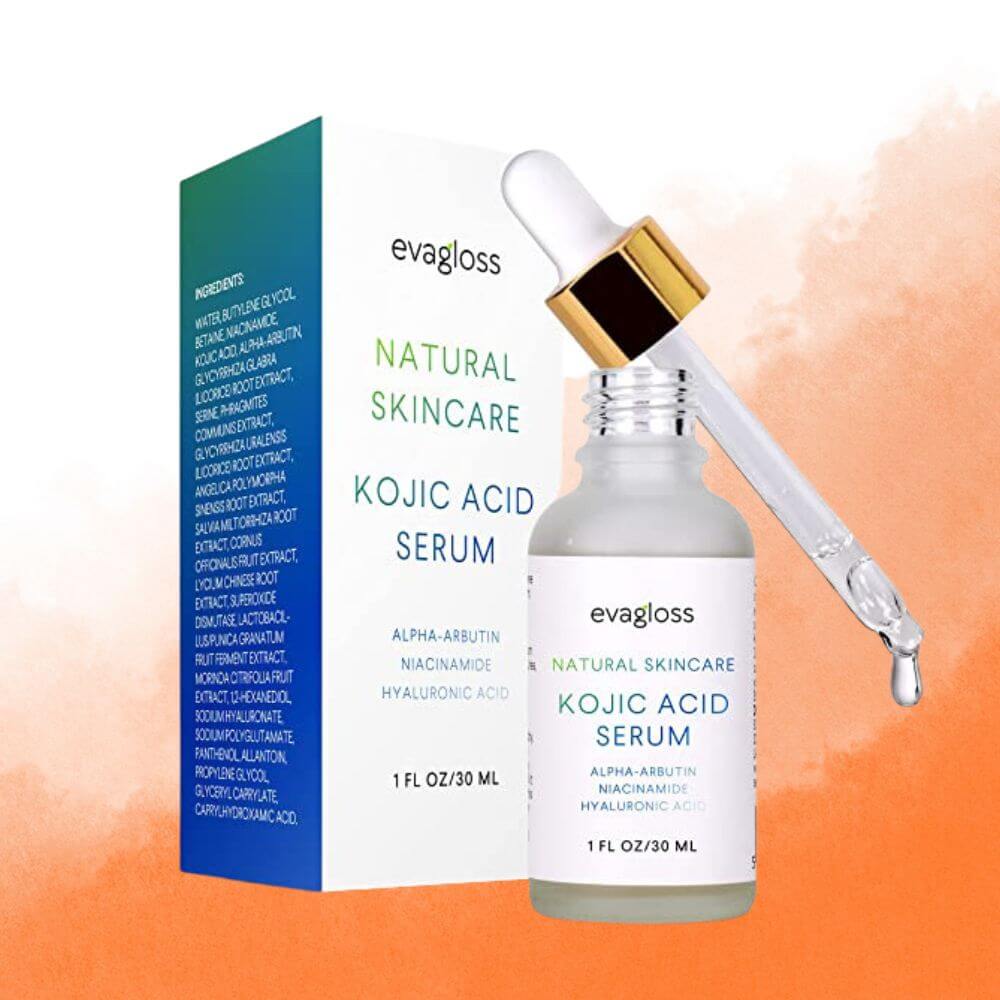


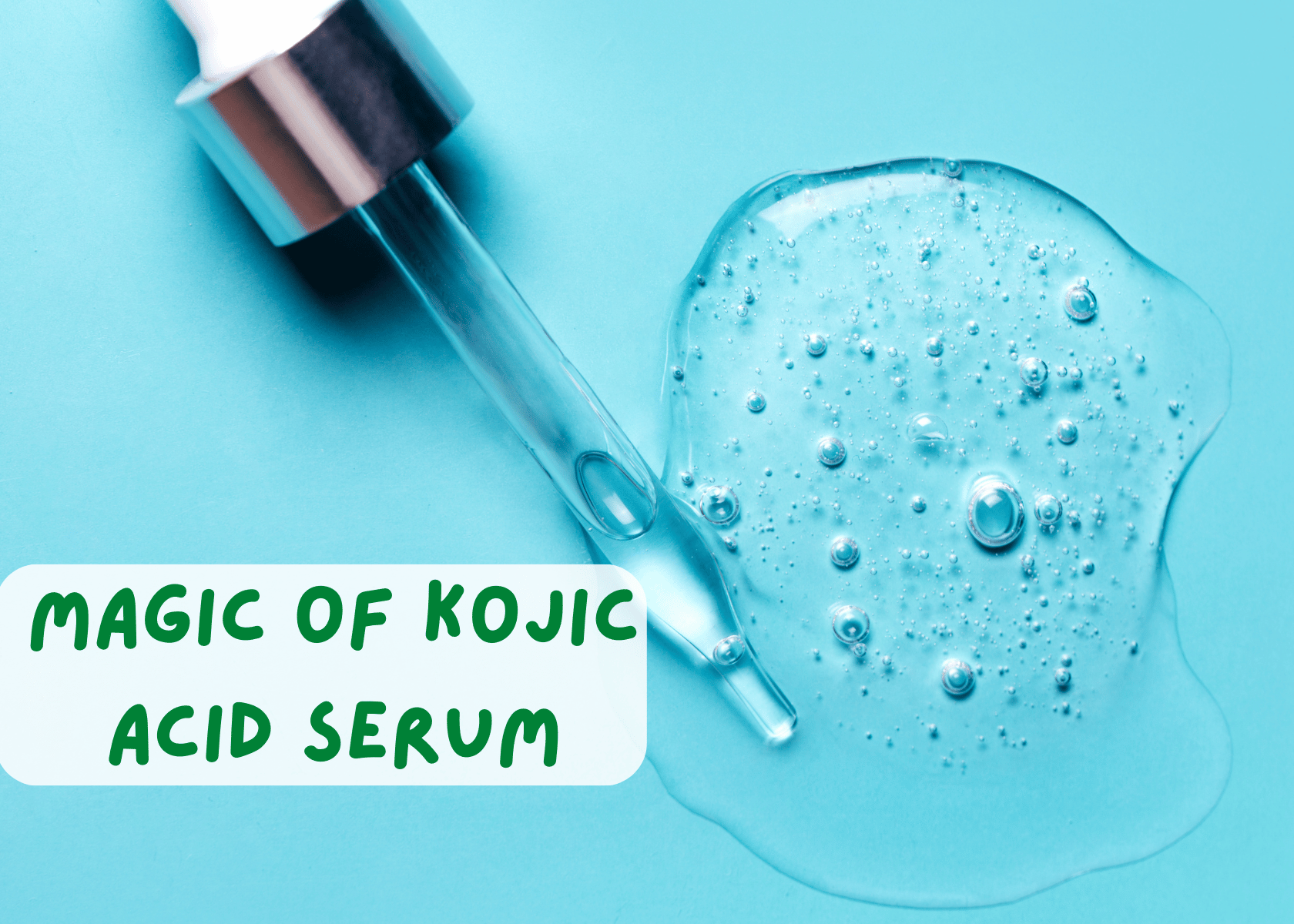

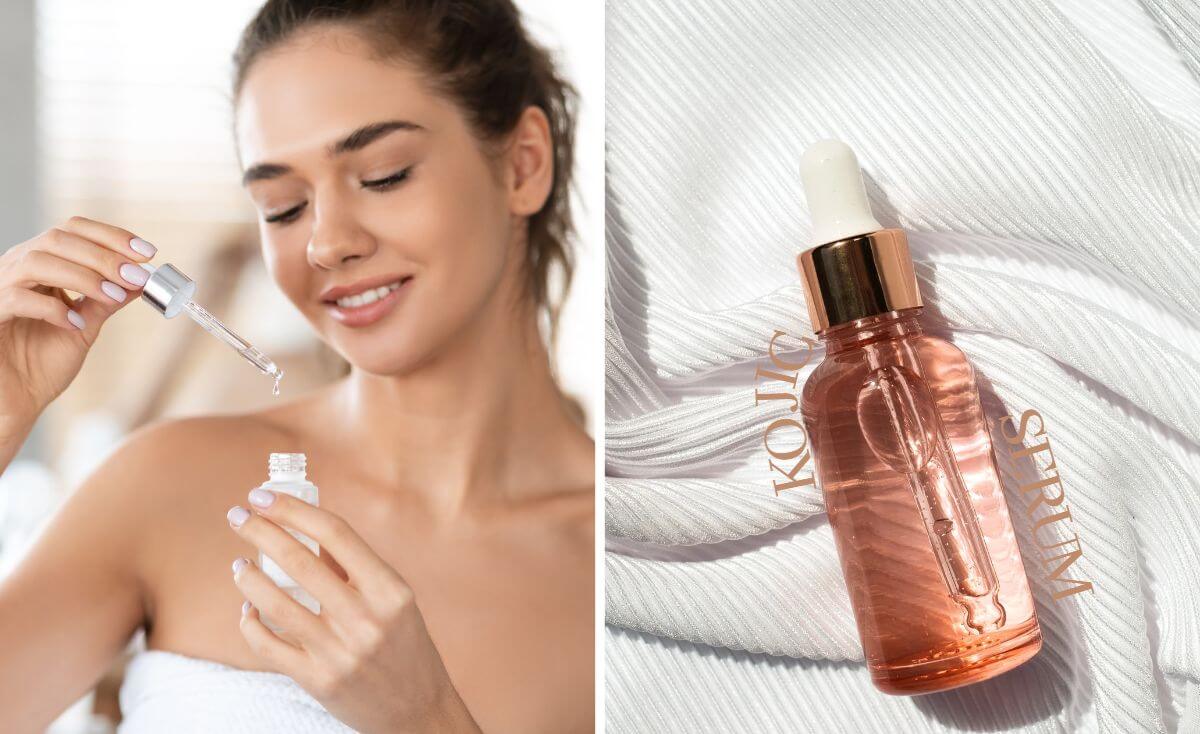
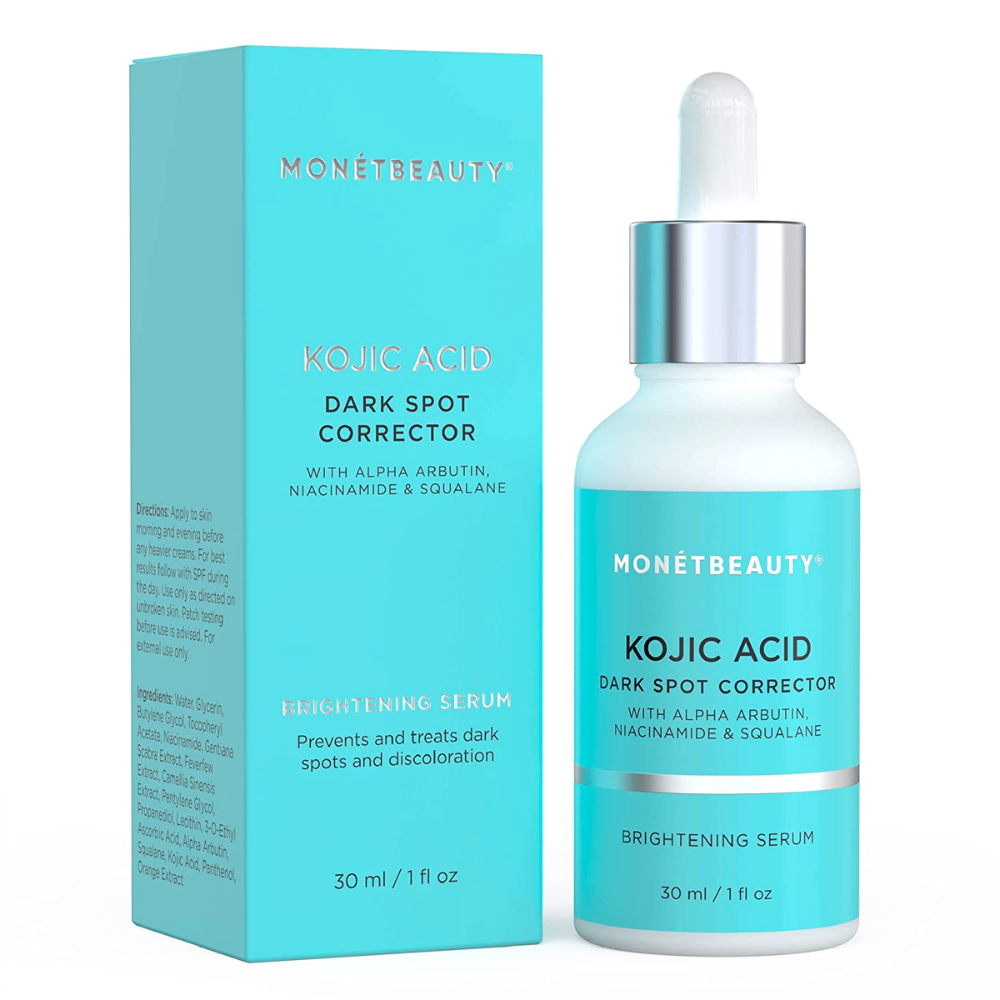

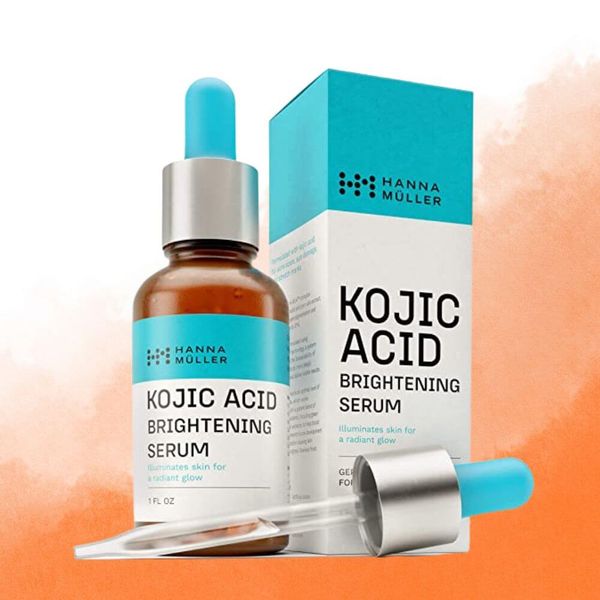


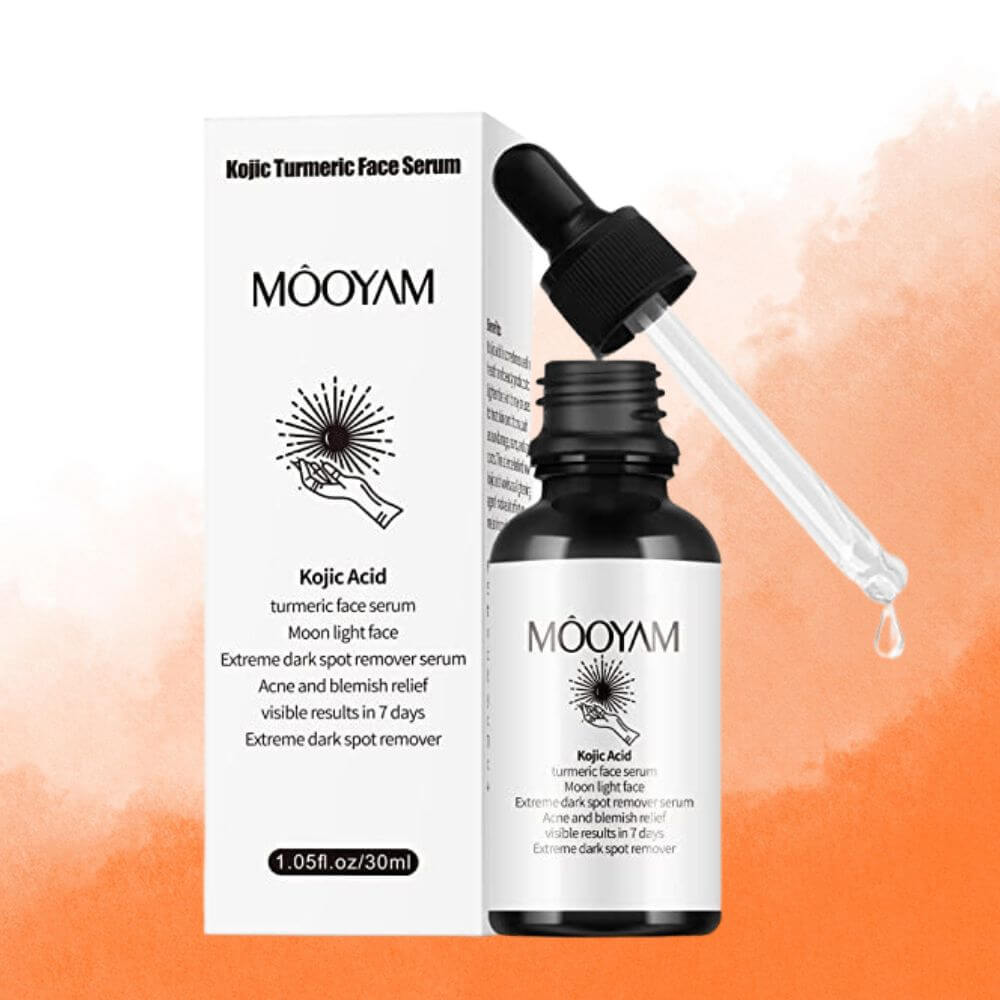
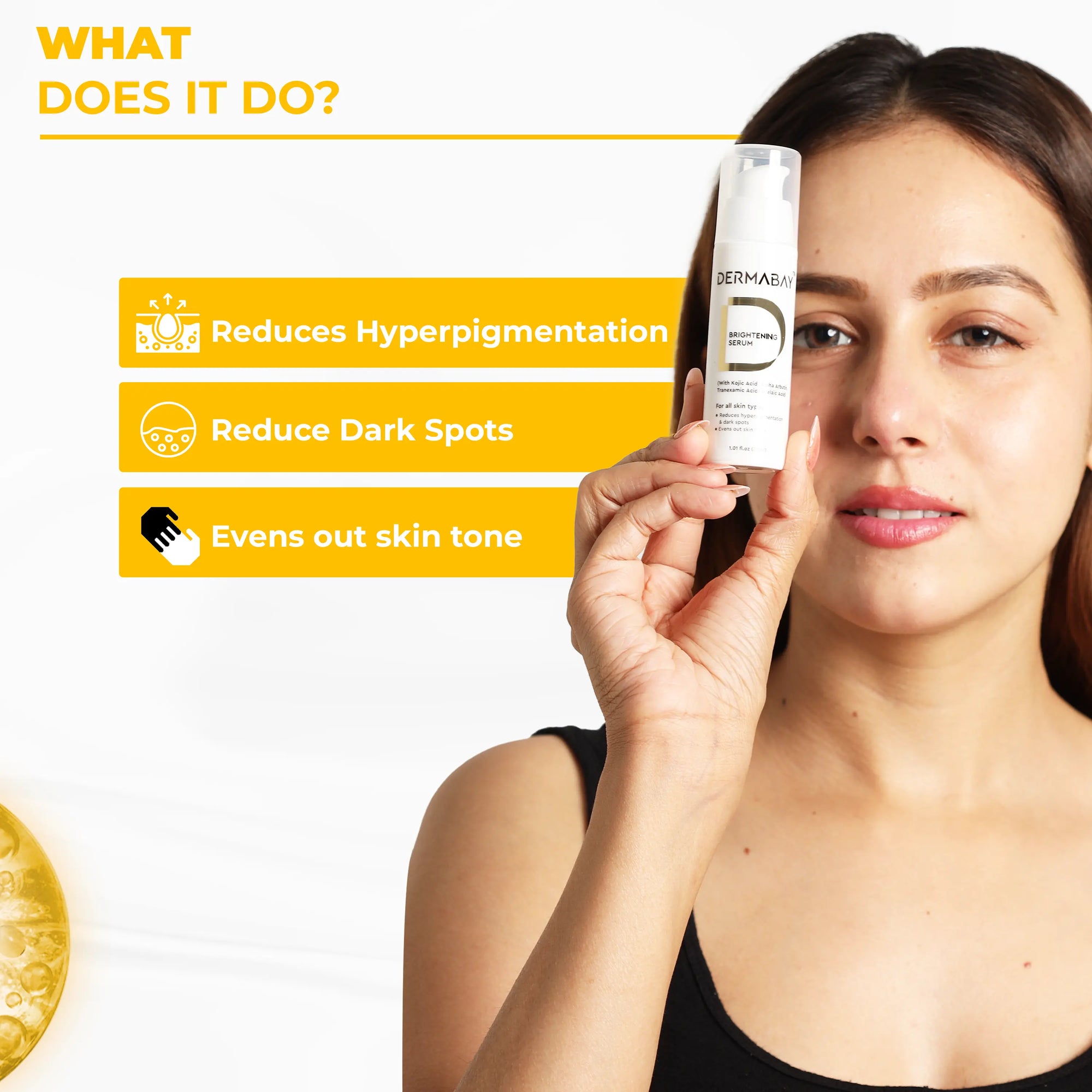

![Best Time To Use Kojic Acid Serum The 30 Best Kojic Acid Serums of 2024 [Verified] - Cherry Picks](https://m.media-amazon.com/images/I/41cKbMAGFEL._SL600_.jpg)

